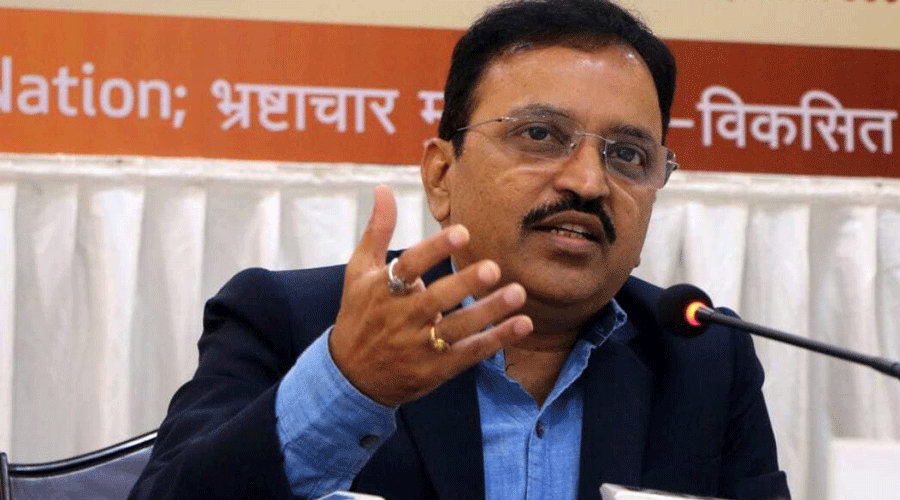The oldest port of the country has come up with the strongest ever operating and financial performance in FY2023, aided by a rebound in the economy from the lows of Covid-led disruptions.
Syama Prasad Mookerjee Port, Calcutta, formerly Calcutta Port Trust, handled 65.66 million tonnes of cargo and recorded a net surplus of Rs 304.07 crore in the fiscal ended March 31, the best ever since 1870 when the port was set up.
Two factors primarily worked in the favour of the riverine port which faces nature’s challenge of siltation that does not allow large ships to dock. The port management focused on carrying out round the year transhipment operations with bigger vessels at deep sea circumventing the navigation challenge.
Second, the doubling of rail line, electrification and automatic signalling system allowed evacuation of cargo from Haldia to the hinterland faster, allowing trade relief by shorter logistic time and cost.
Consequently, rail borne traffic at Haldia Dock Complex grew by 18.73 per cent to 28.814 MT. Moreover, transhipment operations at Sandheads during fair weather and at Sagar Island during choppy waters yielded 96.16 per cent higher cargo to 4.64 MT.
“This is a game changing year for the port. Not only did it handle the highest cargo but the growth of 7.48 MT was the highest ever achieved in a year,” P. L. Haranadh, the acting chairman of SMPK, said.
The previous best of the port was in FY20 when it handled 63.98 MT cargo. It handled 58.17 MT in FY22. On the financial front, the net surplus jumped to Rs 304.07 crore from Rs 120.51 crore in FY22. Total income rose to Rs 2,919 crore in the last fiscal from Rs 2,632 crore in FY22.
The highest cargo increase was witnessed in import of coking coal, especially by Steel Authority of India Ltd and Tata Steel, HDC deputy chairman A. K. Mehra noted.
Landlord model
To cater to the growing demand, SMPK plans to expand installed capacity to 110 MT by 2030 from 87 MT at present. The entire additional capacity will be created in the public private partnership model, in line with the Modi government’s policy for all major ports of the country.
Haranadh, who took over the chairmanship from Vinit Kumar in October last year, said 80 per cent of the cargo operations will be done by PPP operators by 2030. Their contribution is 10 per cent now.
“The port will run the marine operation while the cargo handling will be carried out by the private players. The target is to reach 100 per cent cargo operation in PPP mode going forward,” he said.
The major ports will become landlords earning from the committed revenue per tonne to be shared by the private operators according to PPP contract. This will allow the operators to compete with others with better service and rates, benefiting trade and business. Being government owned entities, major ports are unable to change tariffs in line with market dynamics. SMPK awarded Rs 730 crore worth of PPP projects in FY23.
Myanmar push
With the growing popularity of Indo-Bangladesh trade by sea and river, the port is testing a similar exercise with Myanmar. A vessel with 3,000 tonnes of cement will leave for Sitwe port in Myanmar later this month. Like Bangladesh, the operation is aimed at boosting connectivity with the neighbouring country as well as the landlocked Northeast.










